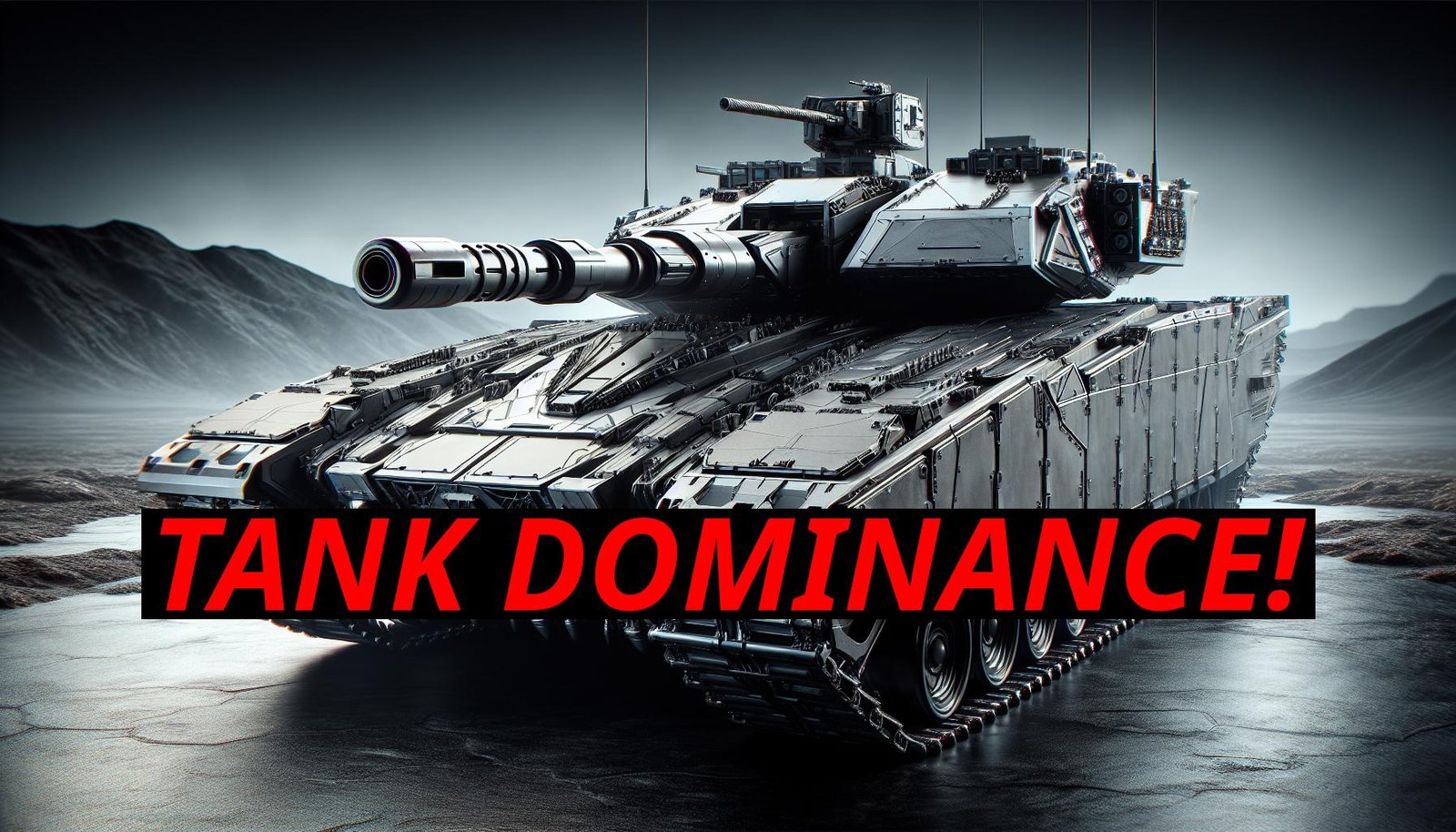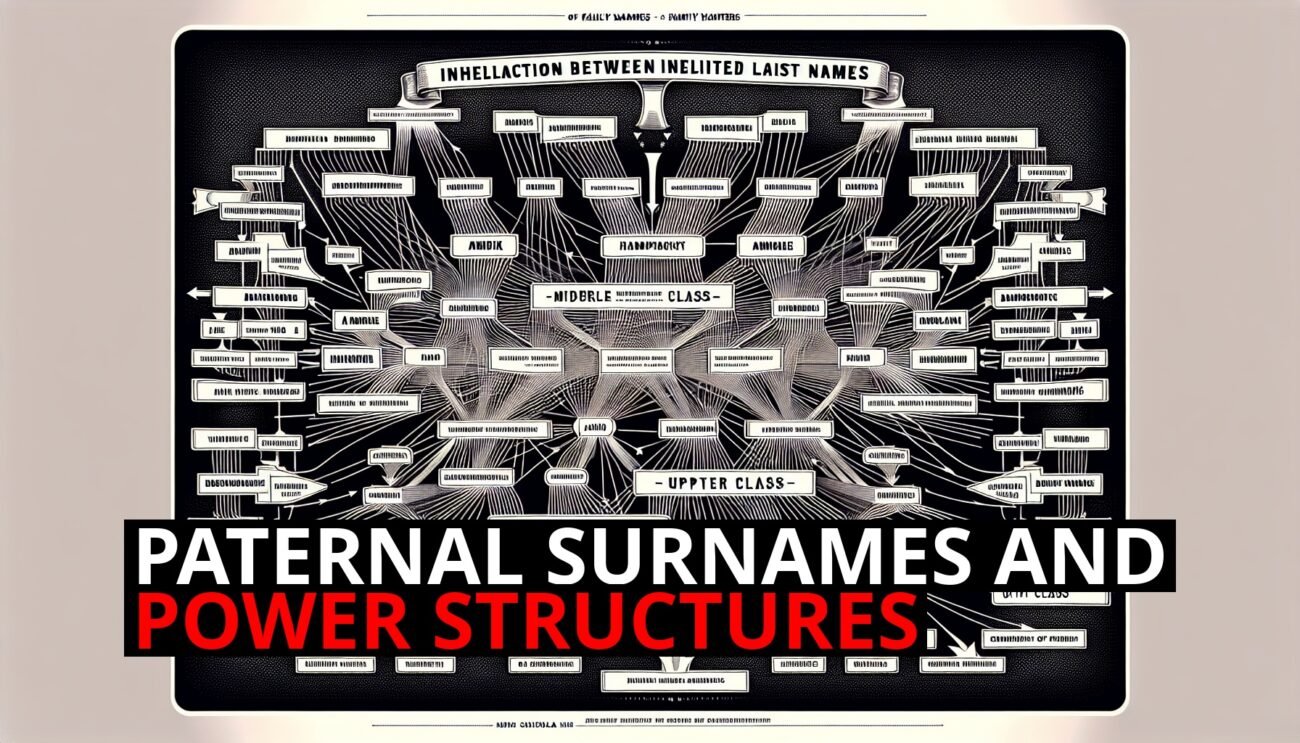The Crucial Role Of Tanks And Heavy Armor On The Battlefield
There are many misconceptions about the effectiveness and necessity of tanks in modern warfare. Some argue that due to the high firepower on the battlefield, mobility alone is more valuable than armor. However, this perspective overlooks the critical mathematics of protection and casualty reduction.
The Myth Of Invulnerability
First, let’s address a common assumption: the idea that because tanks can be destroyed, they are not as valuable. The reality is that it’s not about invulnerability; it’s about the math behind protection and survivability. Artillery is undoubtedly powerful, especially modern artillery, which can make any target vulnerable. But let’s compare the impact on different types of units when 10 artillery shells are fired at them.
– Tanks: If the artillery hits, you might lose one tank and have one casualty, as tanks are designed to protect their crews even if disabled.
– Armored Personnel Carriers (APCs): You might lose two APCs, resulting in around 10 casualties due to their lighter armor.
– Infantry: You could lose 50 infantrymen, as they lack the protection of armored vehicles.
These comparisons highlight three critical functions of tanks:
– Reduce the chance of being disabled.
– Minimize crew casualties if disabled.
– Increase the likelihood of being repairable after the battle.
The Practicality Of Armor
A Humvee is much easier to destroy. You might lose the entire squad, and the vehicle is likely unrepairable. When spotted and fired upon, tanks take far fewer casualties than any other unit. If you have to choose which units to expose to enemy fire, tanks are the best option because they protect their crews and can be repaired.
The Safest Place During An Attack
During an air attack, a tank is the safest place to be. A bomber that can destroy a tank with an ATGM might kill dozens or hundreds of infantry with airburst bombs. Tanks, trucks, and ammunition are mass-produced on assembly lines, while it takes 18 years to make a soldier. Mechanics are far cheaper than doctors, making tanks a more sustainable option.
The Battlefield Roles Of Tanks
Think of tanks as the “shields” in a video game:
– Artillery and Mortars: Primary damage dealers, inflicting the most damage from a distance.
– Logistics Units and Infantry: Act as healers and support, generally kept away from direct combat due to the lethality of modern firepower.
– Tanks: Represent your main source of direct combat power, with enough firepower to force the enemy to react and take the least casualties when fired upon.
Lightly Armored Fire Support Vehicles
Some might argue for using lightly armored fire support vehicles instead of tanks. However, these units sustain far more casualties than tanks when fired at. Real battlefield scenarios mean your units will be spotted and engaged. Tanks force the enemy to target them, thereby protecting softer units and significantly reducing overall casualties.
Infantry Support And Casualty Calculations
This is also why tanks do not need infantry support:
– Tank-Only Force: Losing 10 tanks might result in 10 wounded crew members.
– Mixed Force: Losing 5 tanks and 50 infantry due to mortars and artillery results in higher overall casualties.
The Role Of Anti-Tank Weapons
Another essential aspect of tanks is that they compel your enemy to carry anti-tank weapons:
– Less Efficient: Every armor-piercing shell or ATGM carried is one fewer high-explosive or airburst munition being carried.
– Strategic Advantage: An ATGM might disable one tank, while an airburst bomb can kill dozens of infantry.
The Strategic Advantage Of Tanks
If the enemy opts not to carry anti-tank ordnance, then your tanks have free reign to inflict overwhelming damage without the threat of being neutralized. This scenario highlights the strategic advantage of maintaining a well-armored force.
Conclusion
The evolution of modern warfare suggests that tanks can operate effectively without direct infantry support. The mathematics of battlefield casualties highlight the benefits of minimizing human losses by relying more on armored units and heavy weapons. While infantry still play crucial roles in reconnaissance, casualty recovery, and logistics, their involvement in direct combat should be minimized to reduce unnecessary casualties. By leveraging the strengths of tanks, artillery, and air support, military forces can achieve their objectives more efficiently and with fewer human costs.
What do you think about the evolving role of tanks and infantry in contemporary conflicts? Share your thoughts in the comments below about the evolving role of tanks and infantry in contemporary conflicts.













